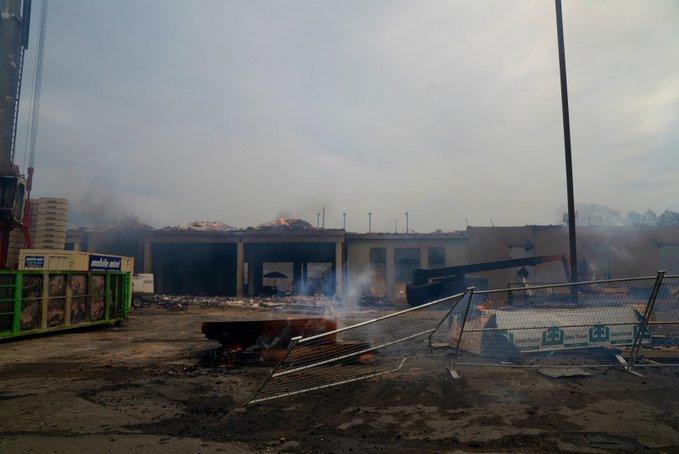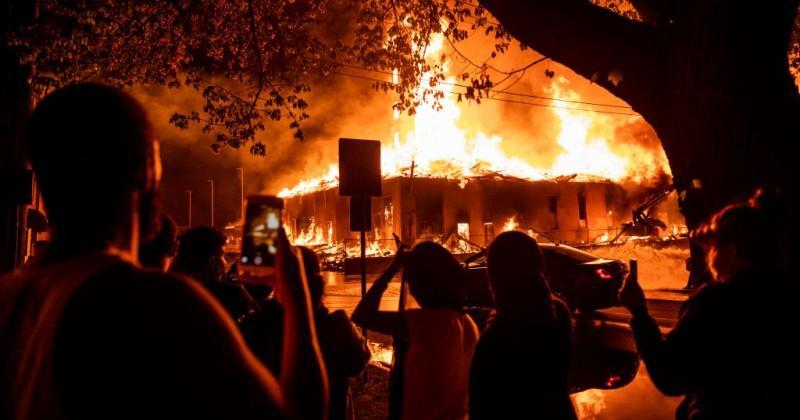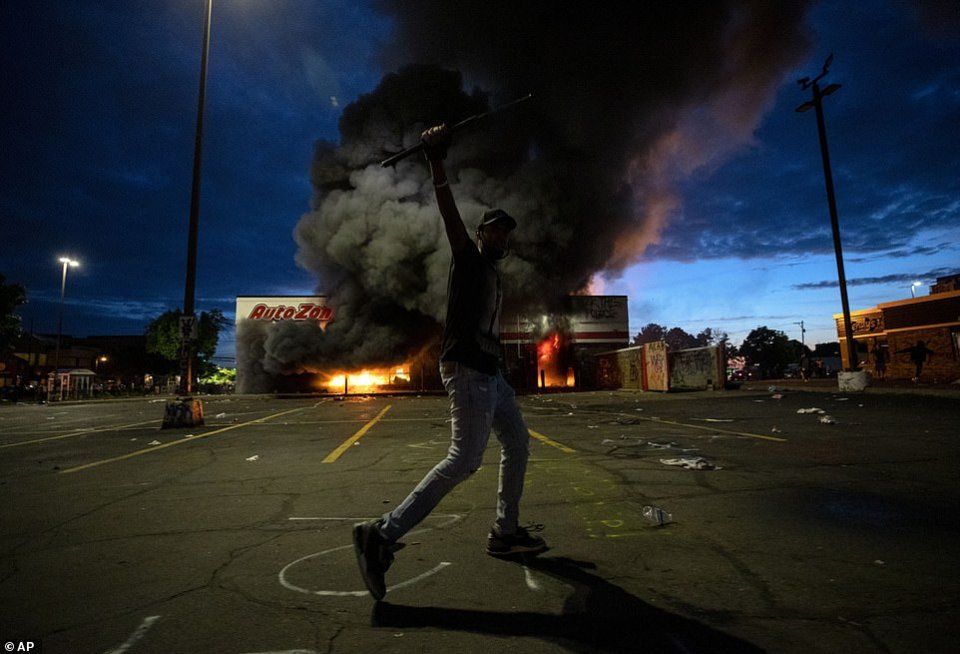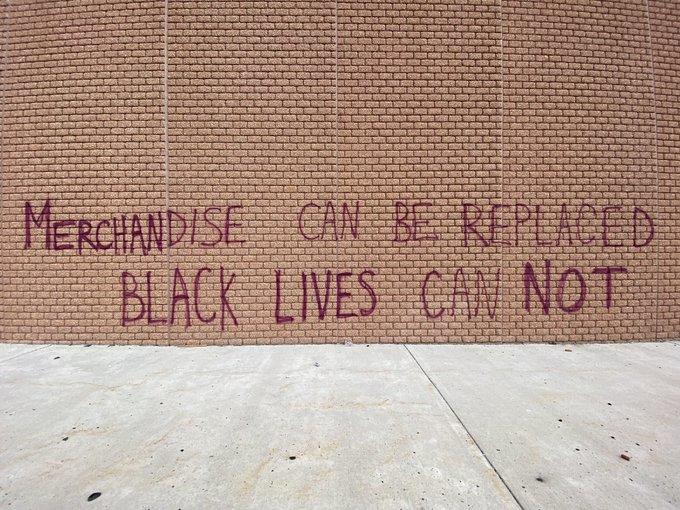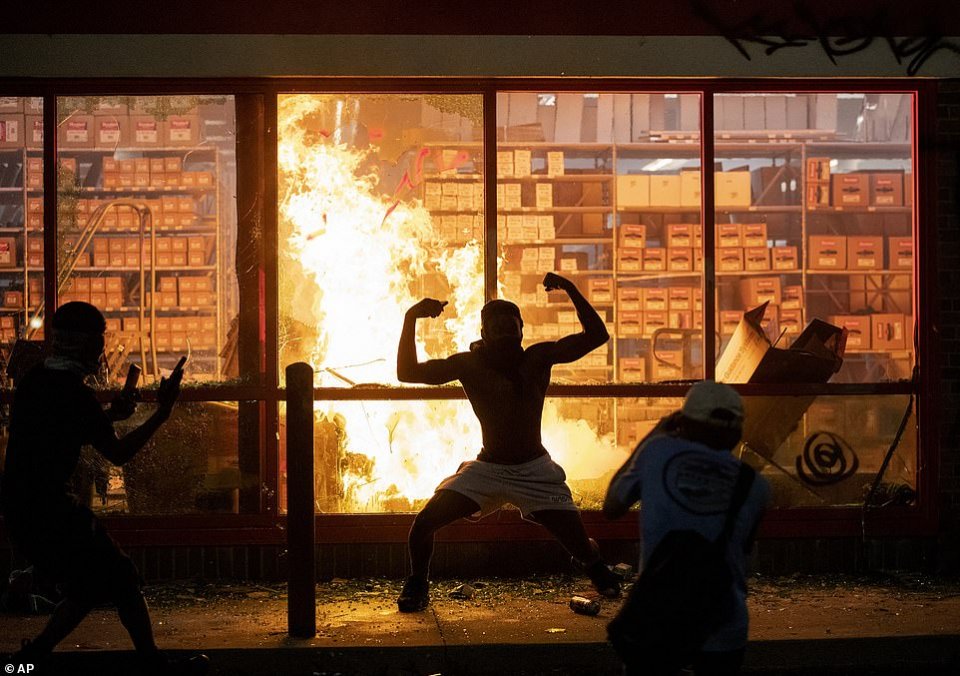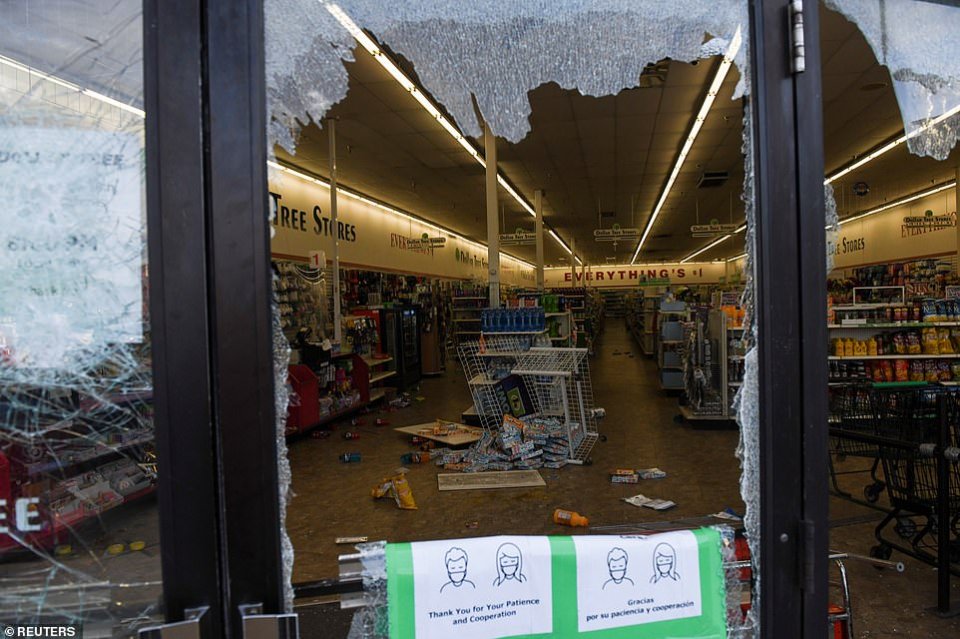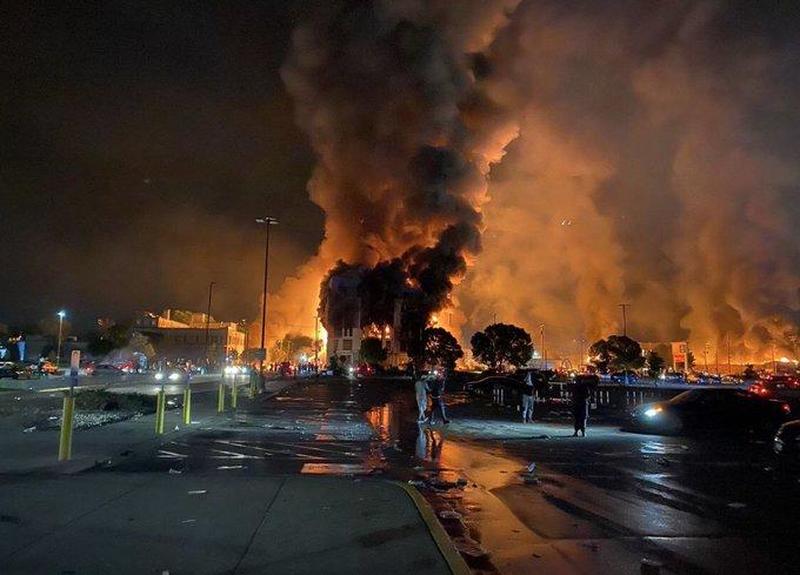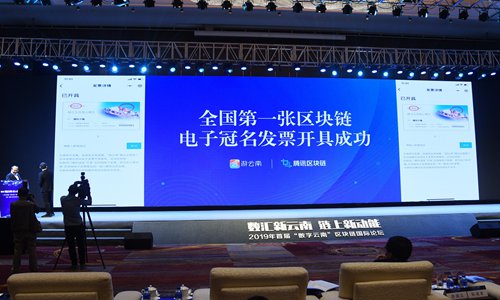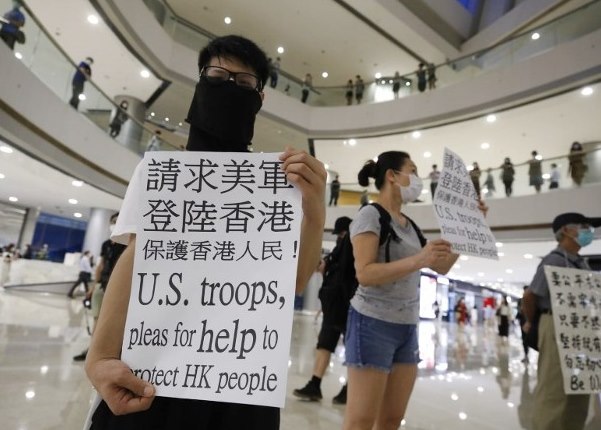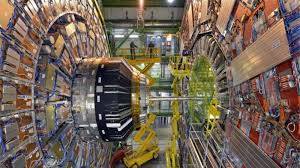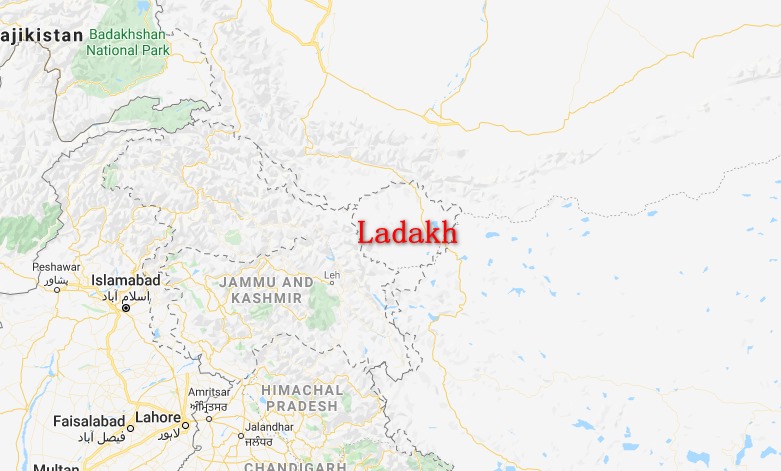日前,一名黑人被美国白人警察跪压其颈部长达7分多钟最终死亡的视频引发轩然大波,当地一时间暴发多起大规模抗议活动。当地时间周三(27日)晚抗议升级,美国明尼阿波里斯市的民众冲进商店哄抢商品并在店内纵火,抗议还导致当地发生一起枪击案,致1人死亡。
明尼阿波里斯市警察局局长27日晚些时候证实,抗议发生时有一人被枪杀,另外一人被拘留。报道称,死者当晚参与了该市发生的抗议并涉嫌抢劫商店,而枪手则是被抢商店的店主。这一说法尚未得到警方证实。
抗议活动目前已经发生了“戏剧性”的转变。多份报告表明,明尼阿波里斯市市长弗雷(Jacob Frey)已经向州长沃尔兹(Tim Walz)求援,要求在该市部署国民警卫队。
这场突如其来的抗议始于一则黑人被白人警察跪压颈部最终死亡的视频。视频显示,本周一(25日),一名白人警察用膝盖跪在了46岁黑人男子弗洛伊德的颈部长达7分钟,导致弗洛伊德无法呼吸。期间弗洛伊德的脸紧贴地面上不停呼救,苦苦哀求,“求你了,我不能呼吸了,不要杀我!”围观群众发现不对劲,便向警方表示抗议,可警察仍不为所动,直到救护车到达现场。然而,弗洛伊德在被送到医院后不久死亡。
这起事件在美国国内引起轩然大波,上千名当地民众上街抗议要求政府彻查此事。周二(26日),抗议者在事发警区游行了超过2英里,要求为黑人之死“伸张正义”。他们举着抗议标语,要求“起诉警察”。此外,抗议者还与全副武装的警察爆发冲突,他们砸碎警车玻璃并涂鸦,警察则向抗议民众发射催泪瓦斯和橡皮子弹。周三(27日)晚上抗议升级,大批抗议民众洗劫了商店并在店内纵火,现场火光冲天。
一名参与抗议的民众称,“有的人只想生活,却被冷血杀害,警察在这个国家不断对黑人施暴是不可接受的”。州长沃尔兹27日发出呼吁,要求人们进行社交隔离并和平抗议,同时呼吁警察在抗议过程中保持克制。
A few days ago, a black man was kneeled by white U.S. police officers for more than 7 minutes and eventually died. The video caused a huge uproar, a local outbreak of mass protests. Protests escalated on Wednesday night (27th) as people in Minneapolis rushed into stores to loot goods and set them on fire, the protest also led to a local shooting that killed one person.
The Minneapolis police chief confirmed late on the 27th that one person had been shot and killed and another detained at the time of the protest. Reports say the deceased participated in protests that night in the city and is suspected of robbing the store, while the gunman was the owner of the shop that was robbed. This claim has not been confirmed.
The protests have now taken a “dramatic” turn. Multiple reports indicate that Minneapolis Mayor Jacob Frey has reached out to Governor Tim Walz for help in deploying a National Guard unit in the city.
“There are people who just want to live and are killed in cold blood, and it is unacceptable that the police are constantly brutalizing black people in this country,” said one member of the public who participated in the protest. Governor Waltz issued an appeal on the 27th for people to socially isolate and protest peacefully, while calling on police to exercise restraint during the protest.


